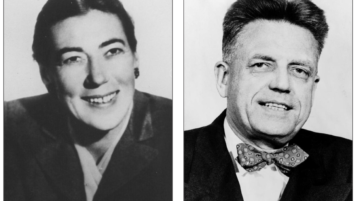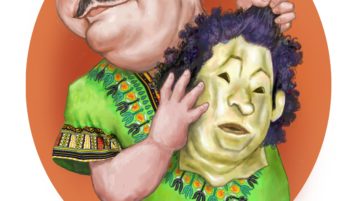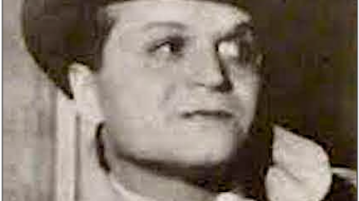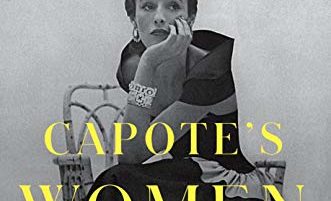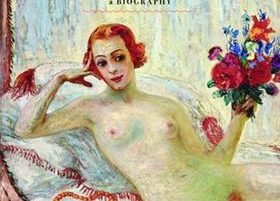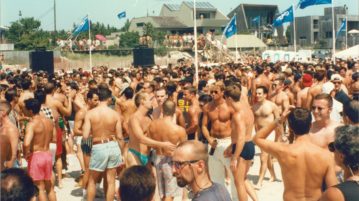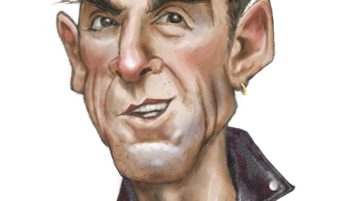
Thom Gunn, a Poet on the Move
THE FIRST GLIMPSE I had of Thom Gunn was his picture in a poetry anthology titled The Modern Poets, edited by John Malcolm Brinnin and William Read. It was assigned as a textbook in an English literature class I was taking at Emory University in 1963, with consequences for me that the teacher could not have anticipated. That anthology was the first to include pictures of the poets alongside their selection, a bonus that always makes the reader curious about how the writer’s appearance bears on the work itself.
More

